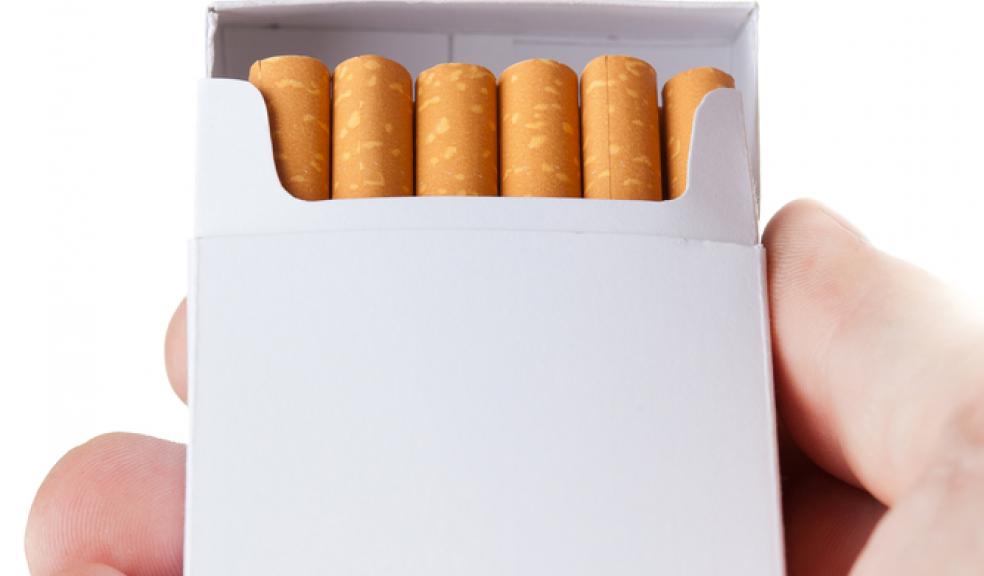
Plain packaging reduces ‘cigarette-seeking’ response by almost a 10th
Plain tobacco packaging may reduce the likelihood of smokers seeking to obtain cigarettes by almost 10% compared to branded packs, according to research from the Universities of Exeter and Bristol.
The findings come amidst debate over whether a law introducing plain cigarette packaging in England and Wales could come into force in 2016. Last month ministers said MPs would be asked to vote on the plan before May's general election, following a series of public consultations on the issue.
In the experiments, smokers had to choose between pressing a key that might earn cigarettes or a key that might earn chocolate, and were uncertain about which key was most likely to pay off in each trial. Just before participants made each choice, they were presented with either a picture of a branded cigarette pack, a picture of a plain cigarette pack, or nothing. The results showed that whereas branded packs increased the probability of participants making the cigarette choice by 10% compared to when nothing was presented, the plain packs did not. The implication is that plain packs are less effective at prompting smokers to purchase cigarettes compared to branded packs.
Associate Professor Lee Hogarth, the lead author of the study from the University of Exeter, explained: “The key finding was that plain cigarette packs were about 10% less likely to prompt participants to make the tobacco choice compared to branded packs. In fact, the plain packs promoted no more tobacco choice than when nothing was presented. These findings provide experimental support for the idea that introducing plain packaging might reduce tobacco purchasing or consumption.”
However, the researchers also advise caution when interpreting these results. As Professor Marcus Munafo, a co-author of the study from the University of Bristol, explained: “The experimental procedure only modelled the ability of pack stimuli to promote a cigarette-seeking choice. In the natural environment, smoking may be governed by a whole range of factors, including tobacco withdrawal, the presence of other people smoking, time of day, and so on. It is not clear to what extent plain packaging will reduce smoking when these other factors are at play”.
Associate Professor Hogarth added: “Our study demonstrated that, under some circumstances, plain packaging can reduce cigarette-seeking behaviour. Policy makers must consider how much weight to place on this observation when considering the potential pros and cons of introducing plain packing as a national policy”.
Co-author Dr Olivia Maynard won an Economic and Social Research Council Impact Prize for her PhD research into plain packaging. Dr Maynard explained: “The current laboratory study tested whether plain packaging might influence tobacco-seeking behaviour. Our previous research in this area has been used to inform tobacco control policies both in the UK and internationally. Our hope is that high quality experimental research of this kind can make a meaningful contribution to important policy debates”.
The study, published in the January 2015 volume of the journal Addiction, received funding from the British Heart Foundation, Cancer Research UK, Economic and Social Research Council, Medical Research Council and the National Institute for Health Research.











